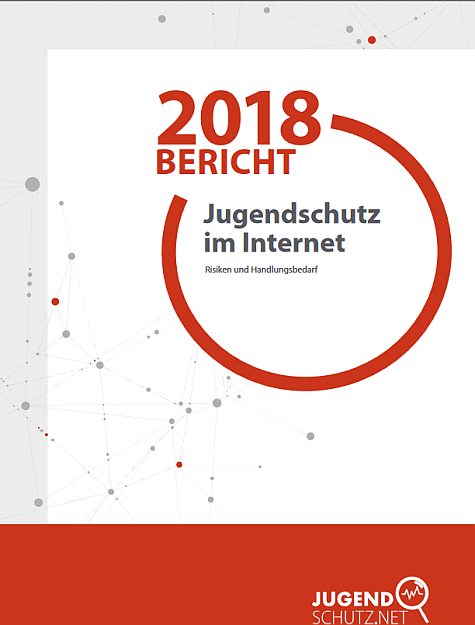Annual report jugendschutz.net: Children and young people exposed to considerable risks in apps
Threats, sexual harassment, drastic violence: communication in apps also harbors dangers for children and young people. Very few providers ensure that their youngest users can use their services without worry. This is shown in the 2018 annual report of jugendschutz.net, the joint competence center of the federal and state governments for the protection of children and young people on the Internet.
"The use of popular services like WhatsApp, Instagram and TikTok is particularly risky for children. Where strangers can make unrestricted contact and view private information, the door is wide open for assaults," says Stefan Glaser, head of jugendschutz.net. This considerably limits the positive benefits of the offers and endangers the development of adolescents. Although risks can never be completely ruled out, they can be significantly reduced by a good protection concept on the part of the operators.
Federal Minister for Youth Dr. Franziska Giffey: "Secure accounts and age-appropriate default settings are elementary to prevent risks. Global players in particular have a duty to take appropriate precautionary measures and ensure online safety for children and young people. We in the Federal Ministry of Youth will make our contribution to this with a modern Youth Media Protection Act," said Giffey. In order to enable the youngest users to participate carefree, advice and help concepts for children and parents are also needed.
"Children, young people and parents need reliable age information when selecting suitable offers. Considerable risks must not be left out of the assessment of apps. For example, dangers such as bullying, harassment and inducements to buy must also be included in the assessment," notes Anne Spiegel, the youth minister of Rhineland-Palatinate. She also appeals to the big players. They should not hide behind the fact that their offers are intended for older people. Those who offer services that are designed with children in mind and which are known to be used regularly by most children and young people must also ensure that they are effectively protected.
"Children and young people are mainly on social media. However, existing protection programs are almost ineffective there," states Dr. Wolfgang Kreißig, chairman of the Commission for the Protection of Minors from Harmful Media. It is therefore the order of the day that global players carry out reliable age checks and use their algorithms and developed techniques for automated detection to protect children and young people.
jugendschutz.net checked more than 80,000 offerings for violations of youth media protection in 2018 and identified 6,575 cases of infringement. In 81% of the cases, jugendschutz.net's activities achieved a quick deletion of the content.
The current annual report of jugendschutz.net is available for download at:
www.jugendschutz.net/pdf/bericht2018.pdf
More on this topic
- klicksafe topic area: Apps
- klicksafe for parents: social networks, messenger & Co.
- klicksafe for young people: Info, tips & Quizzes

